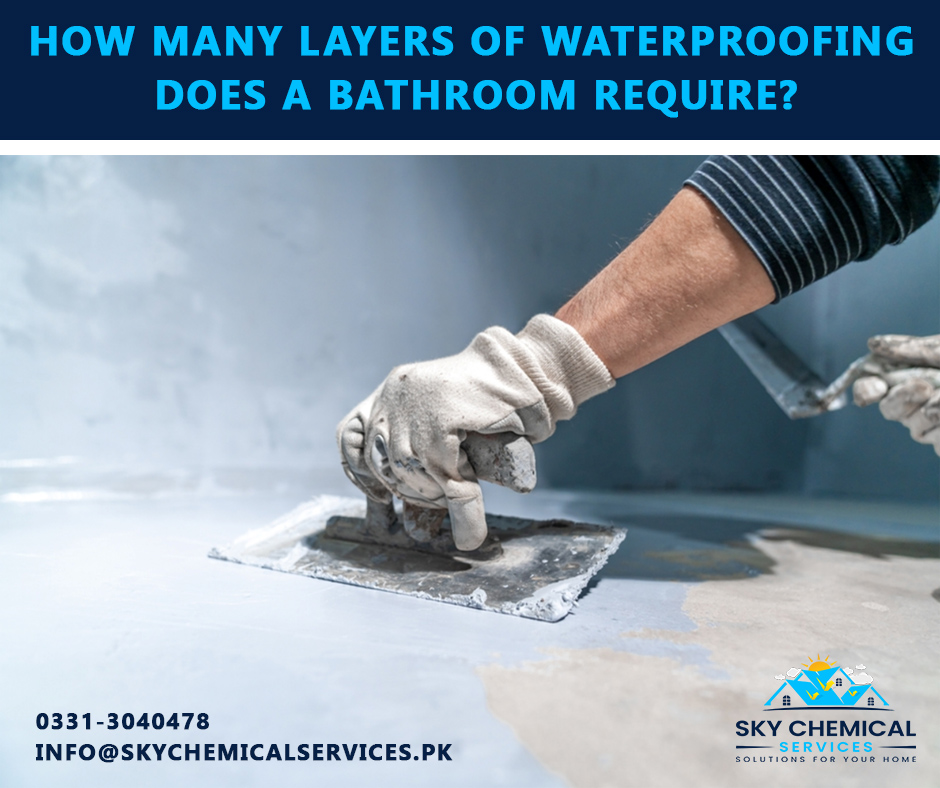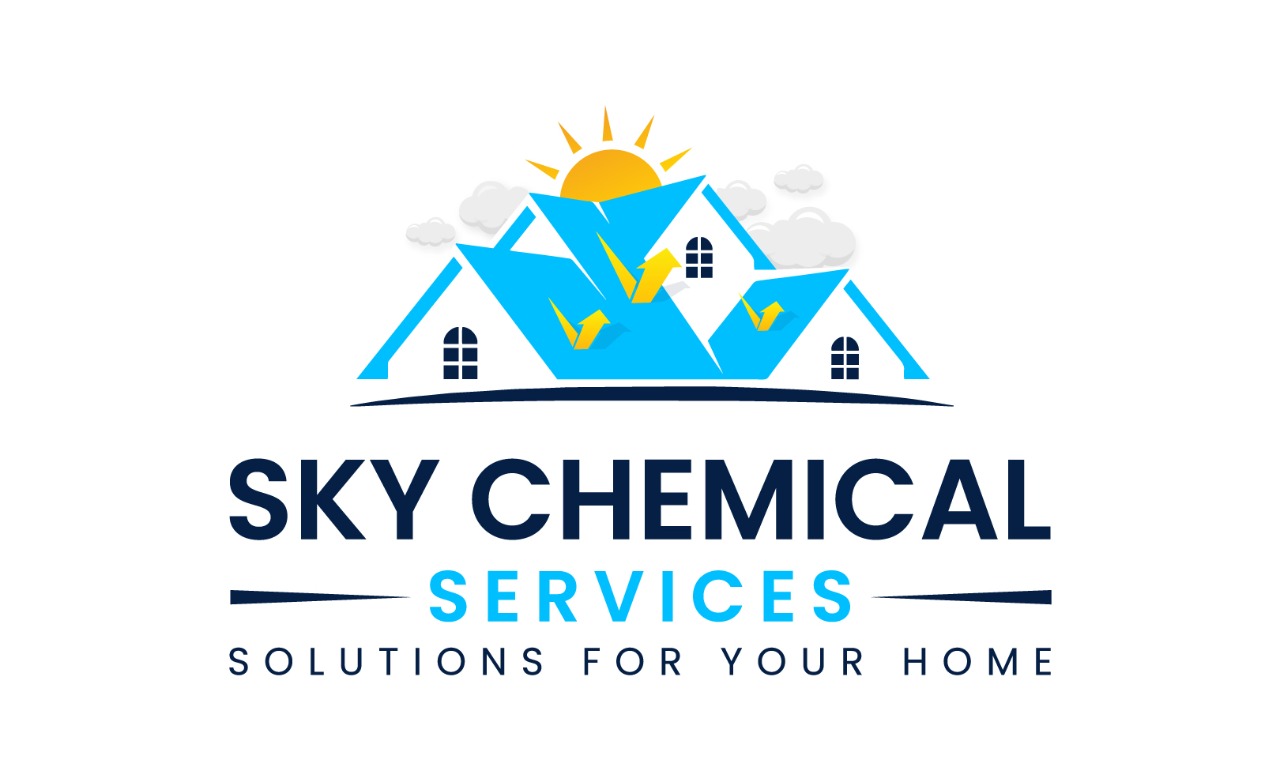
Waterproofing surfaces is necessary, especially in areas prone to moisture ingress, such as bathrooms. A water-resistant washroom prevents mold growth and structural damage, besides keeping away moisture. The number of layers of waterproofing depends on several factors, including the type of materials, the level of exposure to water, and the overall design. Achieving the right balance of waterproofing layers is essential for effective protection and longevity.
Factors Influencing the Number of Waterproofing Layers
Type of Material
The type of material applied in washrooms play a significant role in determining the number of waterproofing layers required. For example, a concrete substrate may require fewer layers compared to a substrate made of gypsum board.
Read More
Bathroom Waterproofing – What You Need to Know
List of Popular Water Leakage Solutions in Karachi
Water Exposure
The level of exposure to water is also a crucial consideration: A washroom with a shower or bathtub will require more layers compared to a bathroom with a sink and toilet. High-moisture areas demand more comprehensive application of membranes so as to prevent water from seeping into adjacent spaces.
Building Codes and Regulations
Building codes and regulations vary by region. Likewise, the standards of waterproofing are also different. These codes specify the minimum number of waterproofing layers required for different areas within a washroom to ensure compliance with safety and hygiene standards.
Layers of Waterproofing
Primary Waterproofing Layer
The primary waterproofing layer is the foundational barrier against water penetration. It is applied directly to the substrate, such as the concrete floor or walls. Liquid-applied membranes, sheet membranes, or waterproofing coatings are used. The primary waterproofing layer is a critical component that ensures water does not seep into the building structure.
Secondary Waterproofing Layer
In areas with higher exposure to water, a secondary layer of waterproofing is often recommended as an added precaution. This layer acts as a reinforcement in case the primary layer is compromised.
Sealing Joints and Gaps
Waterproofing is a vast field that engulfs various factors, such as substrate application, managing joints, corners, and gaps, city regulations, and more. Specialized waterproofing tapes, sealants, and corner strips are used to seal minor leakages.
Waterproofing Membranes for Wet Areas
In shower stalls or areas with continuous water exposure, an additional waterproofing membrane is installed over the primary layer. This membrane is made from flexible materials and designed to accommodate movement from reaching the substrate.
Tile Underlayment
While it cannot be considered a waterproofing layer, a tile underlayment serves as an additional safeguard against water infiltration. It provides a barrier between the waterproofing layers and the tile, preventing water that might penetrate the grout lines from reaching the substrate.
Read More
How to Apply Chemicals for Water Leakage Solutions in Pakistan?
How to Beautify Your House With Bathroom Leakage Repair in Pakistan?
How to Hire Experts for Bathroom Leakage Repair in Karachi?
Balancing Waterproofing Layers for Optimal Protection
The number of waterproofing layers required for a washroom should strike a balance between complete protection and practicality. While it may seem logical to add several layers, it can lead to potential issues, such as improper adhesion, increased cost, and complex maintenance practices.
Furthermore, improper installation of waterproofing layers can do more harm than good, creating pockets where water might get trapped. Therefore, it’s essential to consult with professionals who understand the specific needs of your project, local building codes, and the appropriate waterproofing materials and techniques.
Conclusion
Waterproofing in washrooms is a complex endeavor that demands careful consideration of various factors, including material type, exposure to water, and compliance with building codes. While the number of layers of waterproofing required varies based on these factors, the ultimate goal is to create a robust barrier against water infiltration while ensuring the longevity and structural integrity of the washroom. By striking the right balance between effective protection and practicality, you can achieve a well-constructed, waterproofed washroom that stands the test of time.
Contact Sky Chemical Services for a long-lasting waterproofing project!
